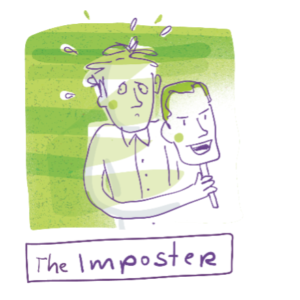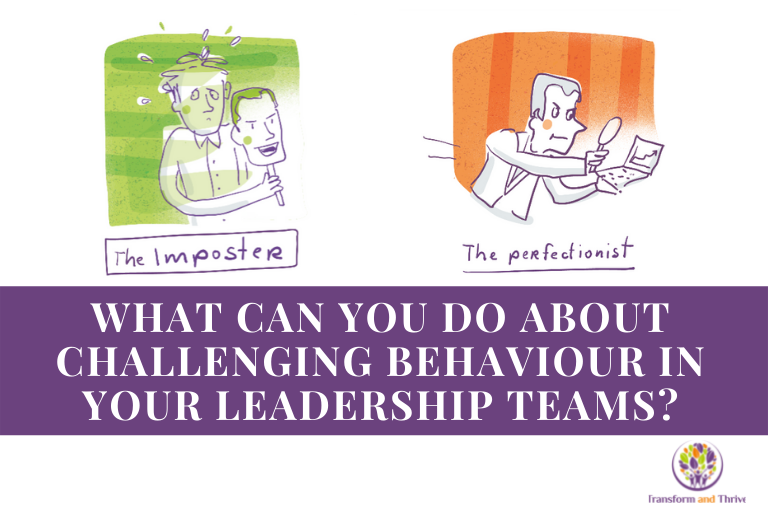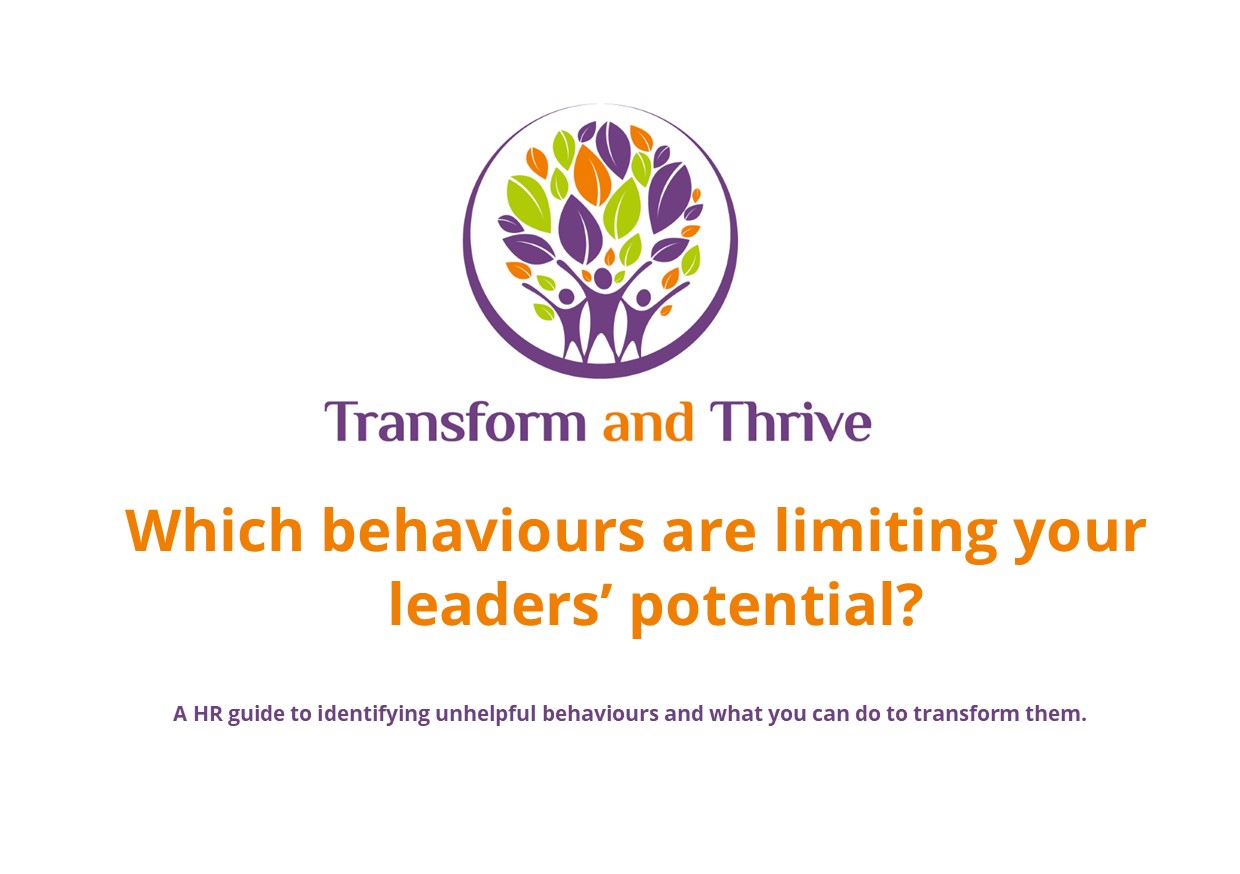What can you do about challenging behaviour in your leadership teams?
Whatever industry you’re in or whatever size your organisation, you’re in the business of leading people.

Organisations are wonderful hives of activity made up of individuals who have their own inimitable qualities and ways that they think, feel, and behave.
So how do people’s thoughts, feelings and behaviours affect the performance of an organisation? And what do you do if you spot challenging behaviours in your leadership teams?
“I’ve found through my years’ of coaching senior leaders and managers, that they will put themselves in categories to try and understand more about what makes them tick.” explains Lucy Whitehall, The Wellbeing Coach for senior leaders and managers. “When commissioners bring me into their organisation, they often talk about what’s ‘wrong’ with a person that they’re concerned about. Their performance might have dipped, or they might be disruptive in some way. But it’s important to remember that people generally show up for work to do good work. So, if someone is not performing, or displays behaviour that is concerning, HR leaders need to be asking why? What is hampering them to be at their best?”
An individual’s unhelpful behaviour might not be about the organisation or the corporate culture itself, but it will affect the organisation and people within it, whatever the source of that unhelpful behaviour.
If behavioural issues of individuals are not addressed, it can impact the entire organisation and hinder performance and growth. In a worst-case scenario, it could lead to grievances, tribunals and NDAs or company pay-offs.
So how can you spot when behaviour is becoming unhelpful?
“I’ve developed a HR guide to help HR and learning and development teams spot when their leaders might need additional support. In it, there are 12 examples of how people show up to work, danger signs to look out for and what can be done to transform unhelpful behaviours.”
From the Imposter to the Superstar Climber, can you recognise any of these people in your leadership teams?

“It’s important to remember, that as well as minimising the risks of an individual’s behaviour that isn’t serving them well, learning and development teams need to be proactive and seek to maximise the opportunities of focusing on behaviour strengths and what makes individuals thrive.”
Lucy Whitehall is The Wellbeing Coach for senior leaders and managers.
“Teams that are cognitively diverse perform better so we need to embrace all our character strengths and seek to understand the people around us. That will help team members stay psychologically and emotionally healthy and well, whilst at the same time performing at their best.”
Wellbeing coaching seeks to identify the source of unhelpful behaviours enabling transformation into healthy, constructive, proactive behaviour, focused on leveraging character strengths.
If you’d like to discuss the benefits of wellbeing coaching for your leadership teams, book a 30-minute call with Lucy.



